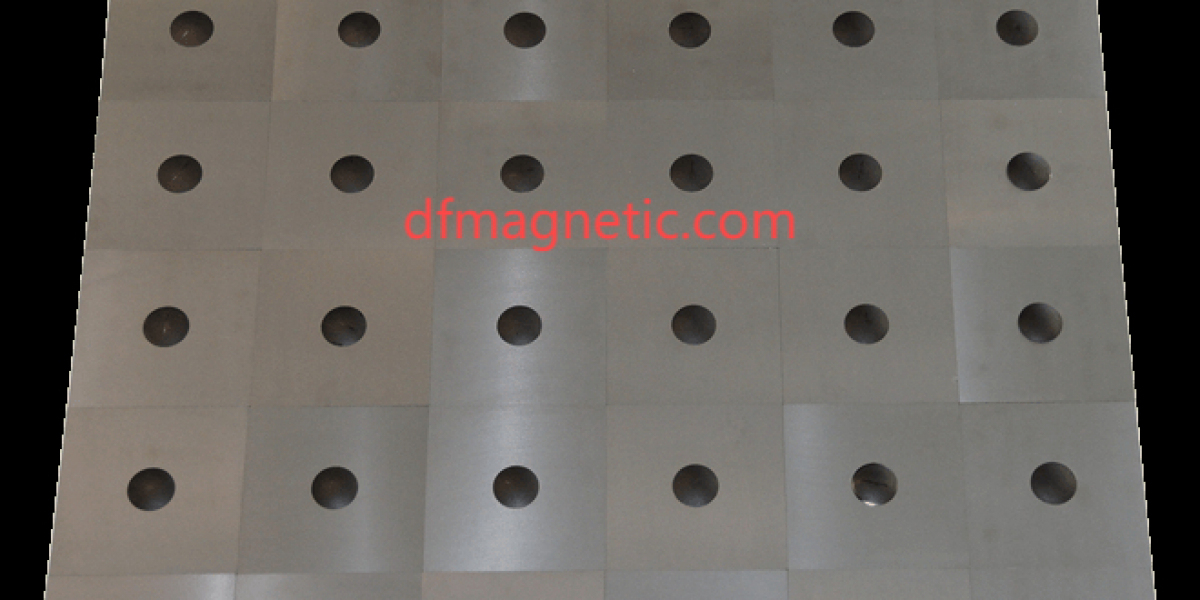Understanding how weapon damage works in Elden Ring is one of the keys to mastering your build and maximizing your combat potential. Whether you’re swinging a colossal greatsword or channeling sorceries from afar, knowing how the numbers come together can help you squeeze out every bit of damage possible.
1. Base Damage and Scaling
Every weapon in Elden Ring has two main components that determine its power: base damage and scaling. Base damage is the flat amount of damage a weapon provides before factoring in your attributes. Scaling, on the other hand, determines how much extra damage is added based on stats like Strength, Dexterity, Intelligence, or Faith.
For example, a weapon that scales with Strength will show a letter grade from E to S. The higher the grade, the more benefit you get from investing in that stat. An S-scaling weapon can dramatically increase in power as you level up Strength, making it crucial to align your stat investment with your weapon choice.
2. Physical, Magic, and Elemental Damage Types
Weapons can deal multiple damage types. Physical damage is the most common, but many weapons or infusions add magic, fire, lightning, or holy damage. The game calculates each damage type separately, applying both scaling and enemy resistances before combining the results into the final output.
For hybrid weapons or builds—like those using the Sacred or Flame Art infusions—it’s worth testing different combinations to see which provides the best balance between raw damage and scaling potential.
3. Attack Rating (AR) vs. Actual Damage
Your weapon’s Attack Rating (AR) is the total value displayed on the status screen, combining base and scaling damage. However, AR does not directly equal the damage dealt to enemies. When you hit an enemy, the game applies modifiers based on motion values (unique to each attack animation), absorption rates, and resistances. This means that a weapon with a higher AR doesn’t always outperform one with a lower number—timing, hitbox, and motion values matter a lot.
4. Buffs, Talismans, and Ashes of War
Damage can be further boosted by weapon buffs and talismans. Spells like Flame Grant Me Strength or Golden Vow add flat or percentage bonuses that multiply your total AR. Meanwhile, talismans such as the Ritual Sword Talisman or Axe Talisman can increase specific attack types.
Ashes of War also affect damage through their scaling adjustments. For example, using the Heavy affinity shifts a weapon’s focus entirely to Strength, while Keen emphasizes Dexterity. Experimenting with affinities is crucial to find the right balance for your build.
5. PvE vs. PvP Damage Differences
It’s important to note that Elden Ring applies different damage modifiers in PvE and PvP scenarios. In PvP, the game reduces overall damage to maintain balance, so a weapon that dominates bosses might feel weaker against players. Always test your setup in both environments if you enjoy both modes.
6. Upgrading and Runes
Weapon upgrades remain one of the most impactful ways to increase your damage output. Regular weapons use Smithing Stones, while special weapons use Somber Smithing Stones. If you’re short on upgrade materials or need a boost to reach the next level faster, you might consider looking into ways to buy elden ring runes to save time. Just make sure you choose a buy elden ring runes xbox instant delivery option from a trusted community source if you’re on console and want to progress quickly without farming endlessly.
Damage calculation in Elden Ring might seem complex, but once you understand how base damage, scaling, and modifiers interact, it becomes much easier to fine-tune your build. Whether you’re testing colossal swords, curved greatswords, or catalysts, the key is to align your stats, affinities, and buffs for maximum efficiency.
By mastering how weapon damage truly works, you’ll not only hit harder—you’ll also appreciate the incredible depth that makes Elden Ring such a rewarding experience for dedicated players.














